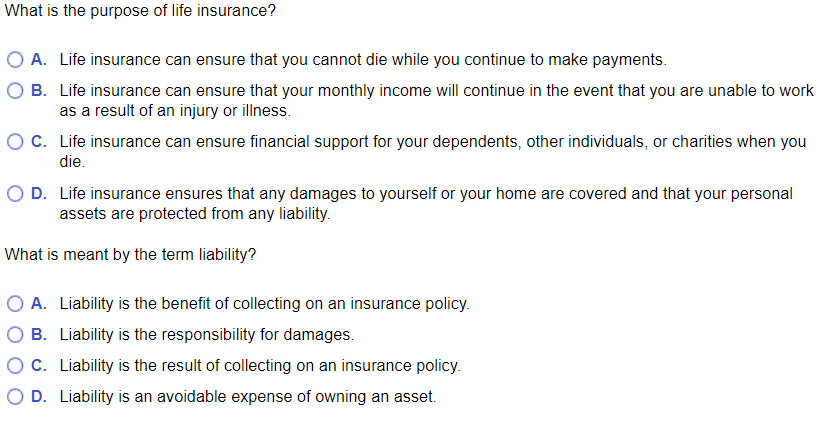Not known Incorrect Statements About Pacific Prime
Not known Incorrect Statements About Pacific Prime
Blog Article
The Best Strategy To Use For Pacific Prime
Table of ContentsNot known Facts About Pacific PrimeAn Unbiased View of Pacific PrimePacific Prime Things To Know Before You Buy5 Simple Techniques For Pacific PrimeAn Unbiased View of Pacific Prime

This is because the data were gathered for a duration of solid economic efficiency. Of the approximated 42 million people who were uninsured, almost regarding 420,000 (about 1 percent) were under 65 years of age, the age at which most Americans end up being eligible for Medicare; 32 million were grownups in between ages 18 and 65, around 19 percent of all grownups in this age; and 10 million were children under 18 years old, concerning 13.9 percent of all kids (Mills, 2000).
These estimates of the variety of persons uninsured are produced from the annual March Supplement to the Present Populace Survey (CPS), conducted by the Census Bureau. Unless otherwise kept in mind, nationwide estimates of individuals without medical insurance and percentages of the populace with various kinds of protection are based on the CPS, one of the most widely used source of estimates of insurance protection and uninsurance rates.
Pacific Prime for Beginners

Still, the CPS is particularly helpful since it produces yearly estimates fairly quickly, reporting the previous year's insurance coverage approximates each September, and since it is the basis for a regular set of estimates for greater than 20 years, permitting evaluation of patterns in protection gradually. For these reasons, in addition to the comprehensive use the CPS in other studies of insurance coverage that are presented in this report, we depend on CPS quotes, with limitations noted.

The price quote of the number of uninsured individuals increases when a population's insurance coverage status is tracked for several years. Over a three-year period starting early in 1993, 72 million individuals, 29 percent of the U.S. https://pacificpr1me.wixsite.com/my-site-1/post/pacific-prime-your-trusted-partner-in-international-health-insurance. populace, were without insurance coverage for at the very least one month. Within a solitary year (1994 ), 53 million individuals experienced at least a month without coverage (Bennefield, 1998a)
Six out of every 10 uninsured adults are themselves employed. Functioning does enhance the probability that one and one's household participants will have insurance, it is not a warranty. Also participants of families with two permanent wage income earners have practically a one-in-ten chance of being without insurance (9.1 percent without insurance rate) (Hoffman and Pohl, 2000).
The Main Principles Of Pacific Prime
New immigrants account for a significant proportion of people without medical insurance. One analysis has actually attributed a significant section of the current growth in the dimension of the united state uninsured population to immigrants that showed up in the country in between 1994 and 1998 (Camarota and Edwards, 2000). Current immigrants (those that involved the United States within the past 4 years) do have a high price of being uninsured (46 percent), however they and their kids make up just 6 percent of those without insurance coverage country wide (Holahan et al., 2001).
The partnership between health insurance coverage and access to care is well developed, as recorded later on in this phase. Although the relationship between wellness insurance policy and health and wellness outcomes is neither direct nor straightforward, a considerable clinical and health and wellness solutions research study literary works links medical insurance protection to improved access to care, far better high quality, and improved personal and populace health and wellness status.
Degrees of analysis for analyzing the impacts of uninsurance. It focuses specifically on company website those without any type of health and wellness insurance for any kind of size of time.
The Ultimate Guide To Pacific Prime
The problems dealt with by the underinsured are in some respects comparable to those dealt with by the uninsured, although they are generally less serious. Wellness insurance coverage, nonetheless, is neither required neither adequate to obtain accessibility to clinical solutions. The independent and straight effect of health and wellness insurance protection on accessibility to health services is well established.
Others will get the healthcare they need even without medical insurance, by spending for it expense or seeking it from companies that offer treatment free or at extremely subsidized prices. For still others, wellness insurance alone does not ensure invoice of care due to the fact that of various other nonfinancial obstacles, such as a lack of health treatment carriers in their community, minimal access to transportation, illiteracy, or etymological and cultural distinctions.
Pacific Prime - The Facts
Formal study about uninsured populations in the United States dates to the late 1920s and very early 1930s when the Committee on the Price of Medical Treatment generated a collection of reports about financing doctor workplace visits and hospitalizations. This problem became salient as the numbers of clinically indigent climbed up during the Great Depression.
Report this page